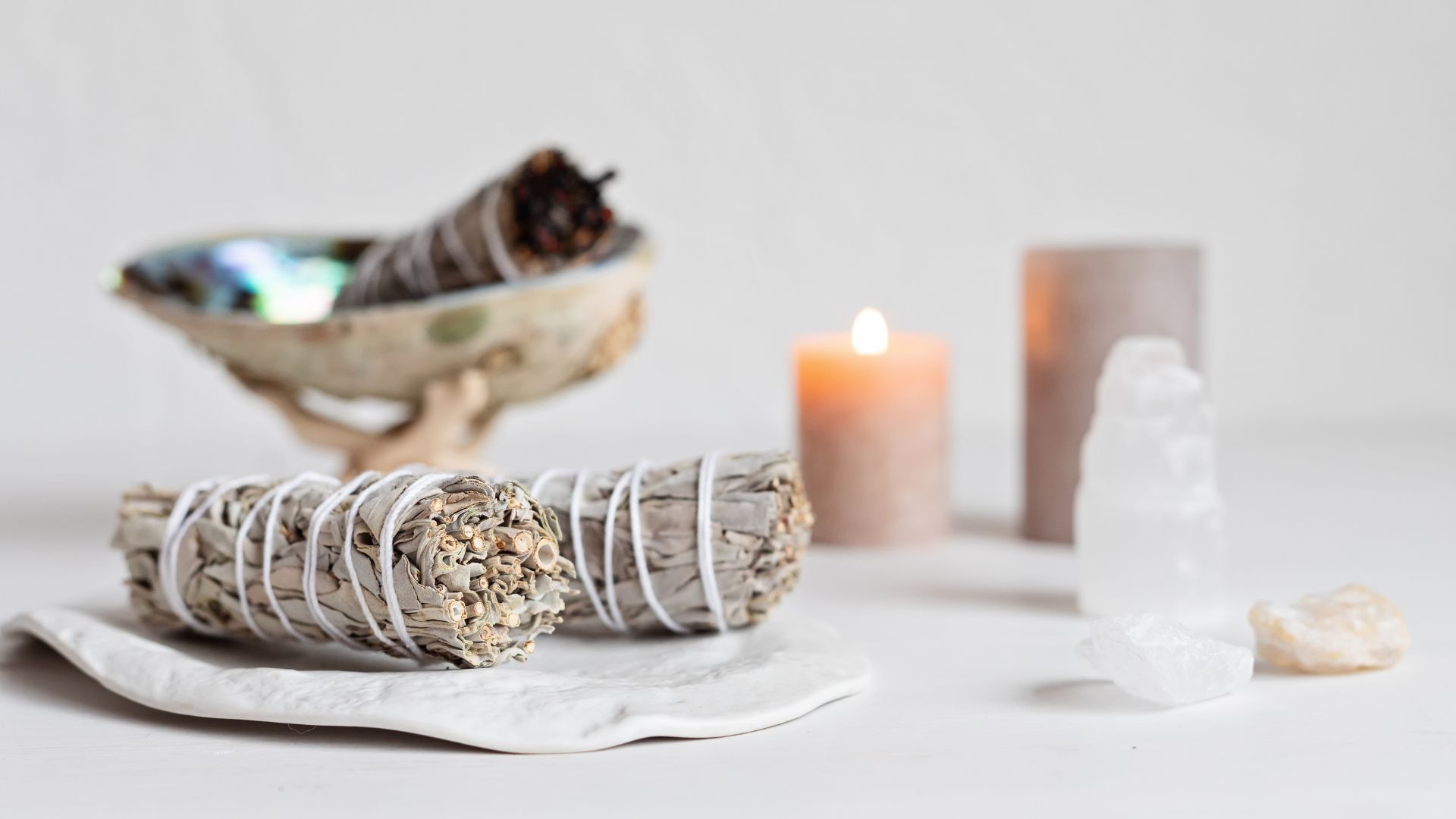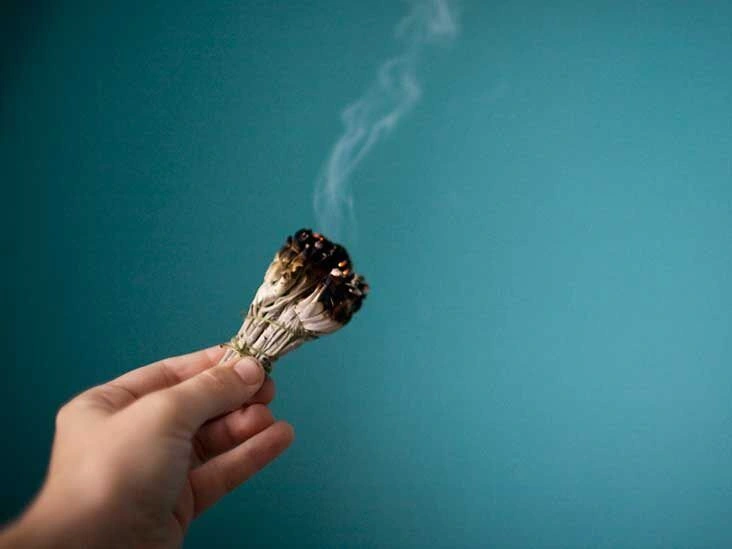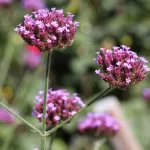
Burning sage — often called cleansing — is an age-old spiritual practice. Certain varieties of sage possess antimicrobial qualities and may offer additional advantages.
Where did this practice come from?
Distinct from general cleansing practices, smudging is rooted in Native American cultural and tribal traditions, though not every tribe engages in it.
We owe the use of smudging to many Native American groups, including the Lakota, Chumash, and Cahuilla.
Comparable rituals exist in numerous other cultures across the globe.
Continue reading to discover more about the advantages of burning sage and how you might use it to support your well-being.
It may be cleansing
The most frequently used sages have antimicrobial action, implying they might help inhibit bacteria, viruses, and fungi.
White prairie sage (technically a mugwort, Artemisia ludoviciana) has been identified as antimicrobial. White sage (a true sage, Salvia apiana) also shows antimicrobial properties. Both have demonstrated insect-repelling effects.
It may ease symptoms of certain conditions
Sage might clear more than just insects and microbes from the air.
Although not firmly proven scientifically, burning sage is believed to release negative ions, which are thought to neutralize positive ions.
Typical positive ions include allergens such as:
- pet dander
- air pollution
- dust
- mold
If this holds true, burning sage might benefit people with asthma, allergies, bronchitis, and other respiratory issues. That said, inhaling smoke during the ritual can aggravate respiratory conditions — wait for the smoke to clear before re-entering the space.
It can be a spiritual aid
Burning sage has long been employed to connect with the spiritual realm or heighten intuition.
In traditional settings, healers and lay practitioners burn sage to enter a healing state or to consider and resolve spiritual concerns.
This practice may also have a scientific underpinning. Some sages, including salvia varieties and white prairie sage, contain thujone.
Studies show that thujone is mildly psychoactive. It appears in many plants used in cultural rituals intended to enhance intuition.
It may dispel negative energy
Burning sage is also used ceremonially to clear a person or space of negativity — this can include past traumas, unpleasant memories, or negative influences from others.
This practice can help cultivate a positive setting for meditation or other rituals. The act of sitting, releasing negative thoughts, and performing a ritual signals intention and commitment to personal growth. Engaging in ritualistic practice can mark the start of a mental shift.
It can cleanse or bless particular items
Sage smoke — fragrant and central to the practice — can be used to cleanse yourself, a space, or, according to some sources, specific objects.
This is helpful for new purchases, gifts, or secondhand items, though any object can be cleansed.
If you worry an item may carry negative history or energy, burning sage may provide peace of mind and help make the object feel more personal or sacred.
It may lift your mood
Tradition holds that burning sage can literally elevate one’s spirits and banish negativity. Some research aligns with this idea.
A 2014 study identified white prairie sage (estafiate) as a traditional remedy used to address anxiety, depression, and mood disorders in certain cultures.
It may reduce stress
If burning sage can improve mood, it might also be useful against stress.
A 2016 research project at the University of Mississippi found that white sage (Salvia apiana) contains compounds that stimulate brain receptors associated with mood elevation, stress reduction, and pain relief.
It may enhance sleep quality
Burning sage has traditionally been used to protect against negativity that could disturb sleep.
Some research suggests sage includes compounds that might ease insomnia.
Common garden sage (Salvia officinalis) is sometimes burned like white sage and has been used to support sleep and calm anxiety.
It may support cognitive function
Beyond dispelling negative energy, improving mood, and boosting intuition, burning sage might aid memory and concentration.
A number of studies indicate that salvia may have cognitive-enhancing effects, potentially relevant to dementia and Alzheimer’s disease. However, most of this research examined salvia taken internally rather than being burned. More investigation is required.
It provides a pleasant aroma
For many, one of the greatest benefits is the fragrance itself: sage is a lovely incense with a pure, pleasing scent.
It also serves well as a natural air freshener or odor eliminator without chemicals.
What you need
Burning sage is straightforward and needs only a few items.
Common tools include:
- a sage bundle
- some suggest a seashell or a ceramic, clay, or glass dish to hold the burning sage or catch ash
- some prefer matches instead of store-bought lighters
- an optional feather or fan to direct smoke
Several types of sage can be used for cleansing. Traditional choices include:
- white sage (Salvia apiana)
- other Salvia species
- white prairie sage or estafiate (Artemisia ludoviciana)
- other Artemisia species
To honor and support the cultures that created this practice, buy sage from native gatherers, artisans, and crafters.
How to prepare for a cleansing
Before lighting sage, some recommend setting clear intentions if your goal is spiritual or energetic clearing. Remove pets and people from the area.
It’s also wise to leave a window open before, during, and after the ritual so smoke can exit.
Many believe the smoke carries away impurities and negative energy, so don’t skip this precaution.
How to cleanse your space, an object, or yourself
These steps apply whether you’re cleansing your body, home, or an object. Do this as frequently as you feel necessary.
- Light the tip of a sage bundle with a match. If it ignites, blow it out so it smolders rather than burns.
- The leaves should smolder, producing thick smoke. Hold the bundle in one hand and guide smoke around your body and area with the other.
- Let the smoke hover over the parts of your body or areas you want to focus on. A fan or feather can help direct the smoke, though it’s optional.
- Catch ash in a ceramic dish or shell.
Cleanse your home or living area
Direct sage smoke over all surfaces and spaces in your residence. Be comprehensive.
Some suggest moving clockwise through your home and finishing where you began, especially for spiritual reasons. Others advise going counterclockwise.
Choose the approach that resonates with you and trust your intuition.
Cleanse an object
Guide smoke around and above the object you wish to cleanse.
This works for new pieces like jewelry, furniture, or clothing to protect them or remove negative energy. Items linked to difficult memories can also be cleansed.
Many people smudge special items to acknowledge them as sacred or meaningful.
Aromatherapy
You can light sage purely for scent, to freshen the air and improve mood.
Gently waft sage smoke through your home. Place the bundle in a fireproof dish or burner and allow it to smolder for a time.
After the cleanse
Ensure your sage bundle is fully extinguished. Dabbing the lit end into a small bowl of ash or sand is effective. Avoid using water, as wetting the bundle can make it hard to relight.
Inspect the tip closely to confirm no embers remain. Once out, store it in a dry, safe place away from direct sunlight.
Are there any risks or side effects?
When carried out respectfully and carefully, burning sage is generally safe, and its effects can last beyond the smoke.
Exercise caution with lit sage. Burns and accidental fires can occur if you’re not careful. Keep water or a fire extinguisher nearby.
Never leave burning sage unattended, and be sure it’s completely out after use.
Smoke alarms can be triggered, so consider this when smudging in public or shared spaces.
People with asthma or other respiratory issues may be more sensitive and could experience adverse effects.
Always keep a window open while burning sage. Inhaling smoke can be harmful to your health.
The takeaway
Burning sage offers a range of spiritual and potential health benefits. Some studies back certain properties of sage — such as antimicrobial effects and mood-related benefits — but further research is needed.
There is limited scientific research specifically on the practice of burning sage beyond its cultural context.
Remember that smudging is a sacred ritual in some Native American cultures; approach it with respect. Also note that white prairie sage can be endangered, so purchase from ethical, sustainable sources.


















Leave a Reply
You must be logged in to post a comment.